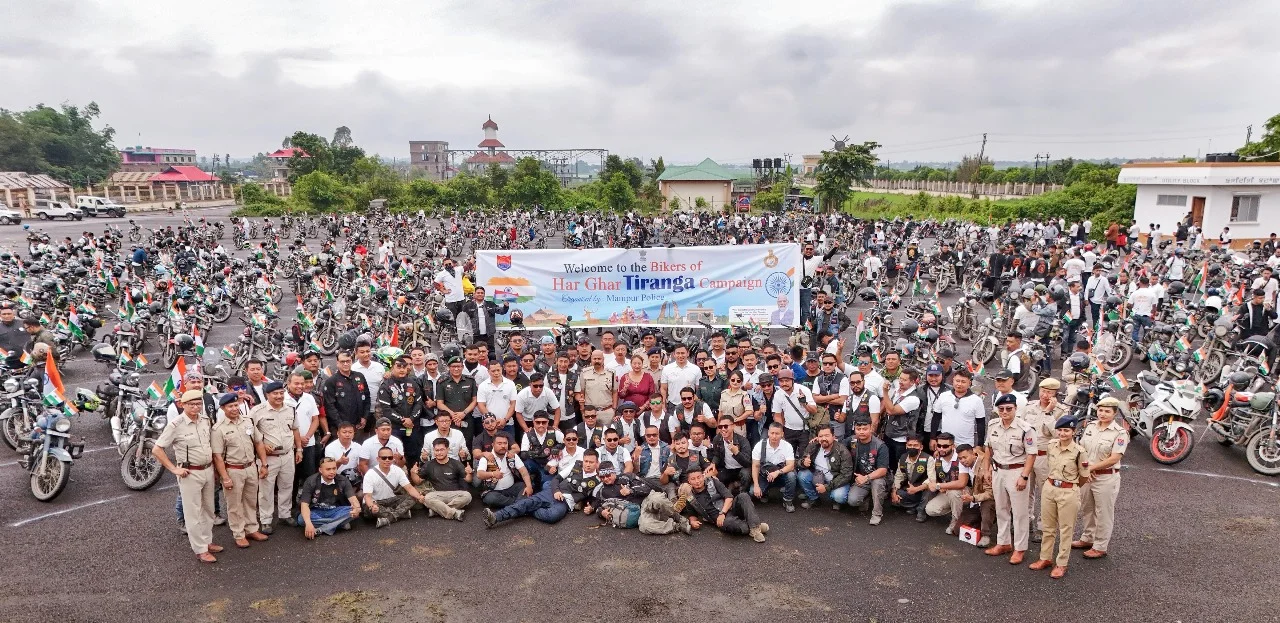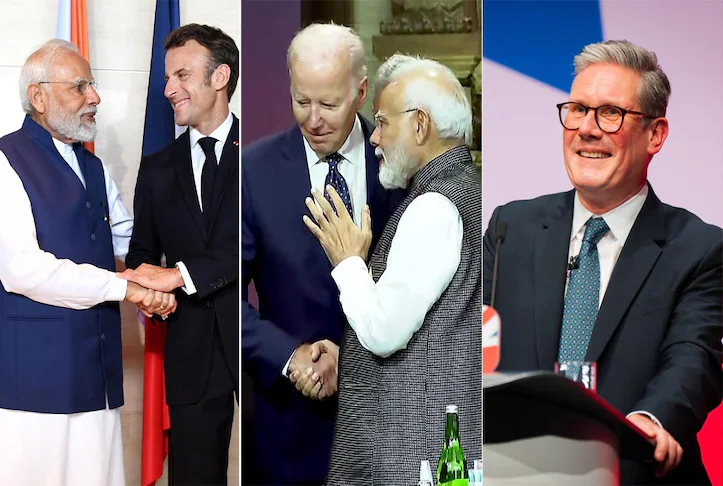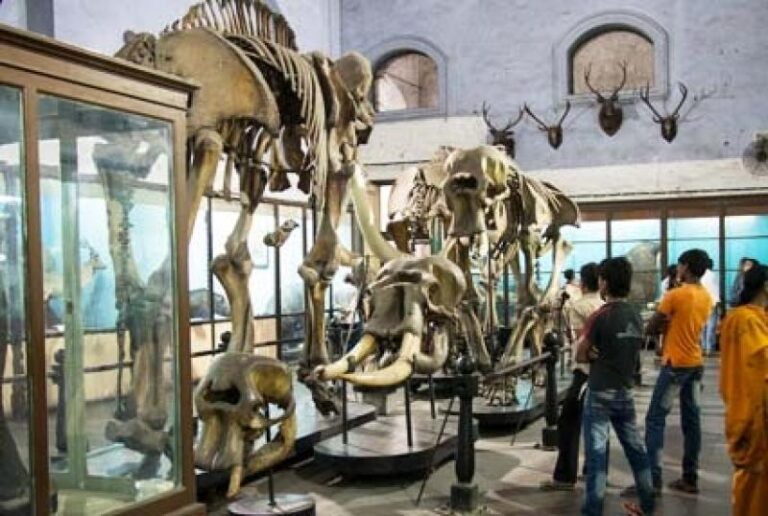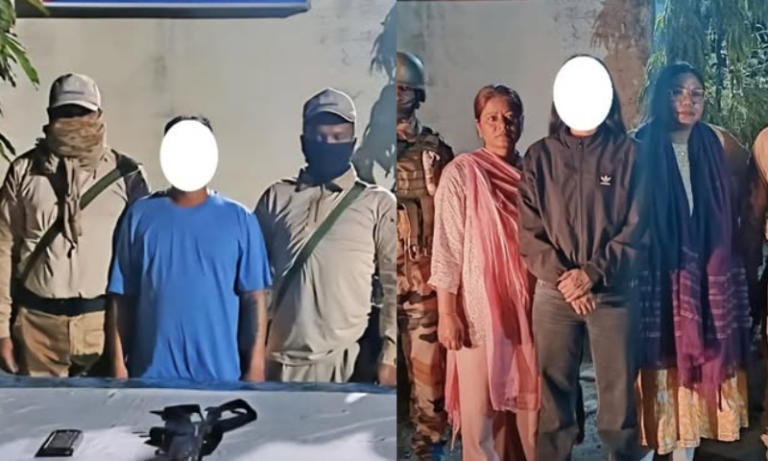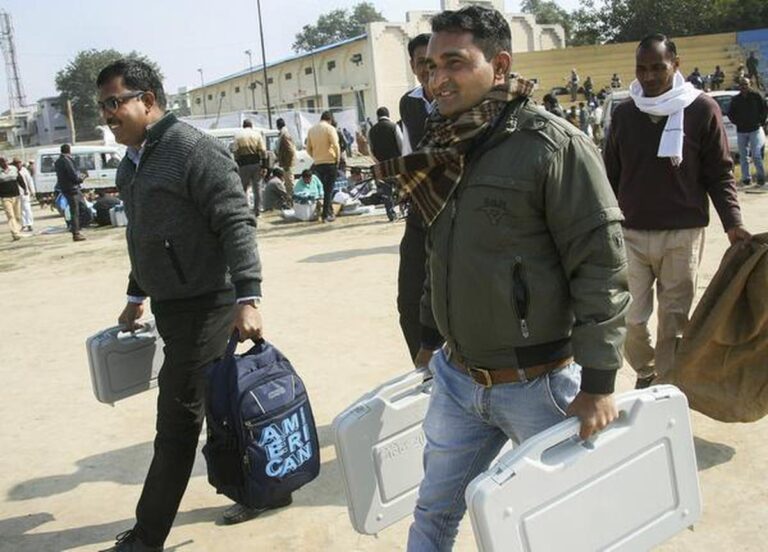Manipur Har Ghar Tiranga Bike Rally: Police, YAS & 1,017 Riders Paint the State Tricolour Ahead of Independence Day
Quick News Summary
Manipur Police, in partnership with the Youth Affairs & Sports (YAS) Department, organised a large “Har Ghar Tiranga” bike rally as part of the run-up to India’s 79th Independence Day. The rally was flagged off by Governor Ajay Kumar Bhalla from Hapta Kangjeibung, Imphal, drew around 1,017 riders (including police, YAS personnel and members of 18 biker clubs) and culminated at the Khongjom War Memorial in Thoubal district. The event combined patriotic fervour with public messaging — Manipur’s DGP Rajiv Singh used the platform to reiterate a tough stance against drug trafficking.
Why this rally matters — more than bikes and flags
At first glance a bike rally and flag-hoisting drive might look like simple patriotic theatre. But dig a little deeper and you’ll see a complex mosaic: community mobilisation, public messaging, civil-police partnership, tourism-friendly symbolism, and a strategic platform for official communication. Manipur’s Har Ghar Tiranga bike rally combined all of those elements — and did it in a way that turned public roads into a stage for both celebration and conversation.
Why should you care? Because civic events like this do double duty: they build public morale and they serve as a live microphone for messages the state wants citizens to hear. In Manipur’s case this meant a visible demonstration of unity ahead of Independence Day while also spotlighting law-and-order priorities such as the fight against narcotics
What happened — the facts, short and sharp
Here’s the who-what-where in plain terms:
- Who: Manipur Police in collaboration with the Youth Affairs & Sports (YAS) Department, supported by a network of biker clubs and civil participants.
- What: A “Har Ghar Tiranga” bike rally — part of the national Har Ghar Tiranga campaign encouraging every household to hoist the national flag ahead of Independence Day.
- Where: Flag-off from Hapta Kangjeibung, Imphal; culmination at Khongjom War Memorial, Thoubal district.
- When: Mid-August, in the run-up to India’s Independence Day (the event was reported on August 12–13, 2025).
- Scale: Around 1,017 riders, including 137 from police and YAS departments and 880 from 18 biker clubs across the state.
Those numbers matter — they tell you this wasn’t a token gesture. It was a sizeable public mobilisation, with a clear official stamp and community buy-in
How the Manipur rally unfolded — the route, the rituals, the reach
The rally began in Imphal at Hapta Kangjeibung — a familiar civic ground for large public gatherings — and proceeded through city thoroughfares before culminating at the Khongjom War Memorial in Thoubal. That choice of endpoint is symbolic: Khongjom is a war memorial honoring local sacrifices and resistance, so finishing there fused national symbolism (the Tiranga) with local history (the warriors remembered at Khongjom). The procession included official contingents — police and YAS staff — and a large number of bikers from clubs statewide, turning streets into a moving palette of saffron, white, and green.
On arrival, the program included the distribution of participation certificates and public addresses by senior officials, blending celebration with message-driven speeches. This is a classic event architecture: a high-visibility march, symbolic endpoint, and institutional messaging — all stitched together to multiply impact.
Numbers that speak — 1,017 riders and what that means
Numbers give events gravitas. This rally’s reported figure — 1,017 riders — is not just a statistic; it’s a signal of coordination capacity. Organising over a thousand riders requires route planning, traffic management, safety marshals, police escorts, first-aid readiness, and communication across district boundaries. That scale indicates the state apparatus and biking community worked in sync. It also suggests the campaign resonated: civil society didn’t just watch, it joined in.
Breaking it down: 137 riders from the police and YAS departments show official buy-in and operational responsibility; 880 riders from 18 clubs show grassroots participation. Both wings are crucial — the former keeps order, the latter supplies energy and diffusion into local communities.
FAQs
Q1: Who organised the Har Ghar Tiranga bike rally in Manipur and who flagged it off?
A1: The rally was organised by the Manipur Police in collaboration with the Youth Affairs & Sports (YAS) Department. It was flagged off by Governor Ajay Kumar Bhalla from Hapta Kangjeibung, Imphal.
Q2: How many people participated and which groups were involved?
A2: Approximately 1,017 riders participated — 137 riders from police and YAS departments and about 880 riders from 18 biker clubs across Manipur.
Q3: Where did the rally start and finish, and why is the finish location significant?
A3: The rally started at Hapta Kangjeibung (Imphal) and concluded at the Khongjom War Memorial in Thoubal district. Khongjom is historically significant for commemorating local martyrs, linking the rally’s patriotic theme to local history.
Q4: Did officials use the rally to convey other messages?
A4: Yes — DGP Rajiv Singh used the rally platform to reiterate a strict stance against drug trafficking, warning that no one involved would be spared, including law enforcement personnel implicated in corruption or collusion
Q5: How can civic events like this lead to longer-term benefits?
A5: While rallies are primarily symbolic, they generate momentum — public attention, volunteer energy, and political pressure — that can be channelled into follow-up programs (youth initiatives, anti-drug operations, community policing). The key is sustained action after the event
